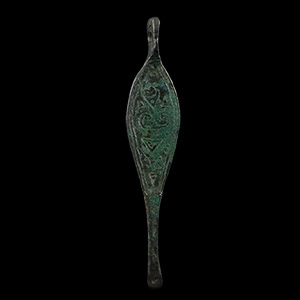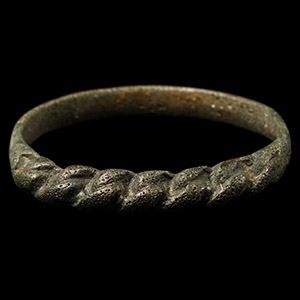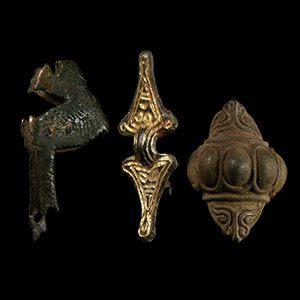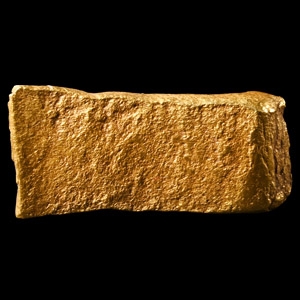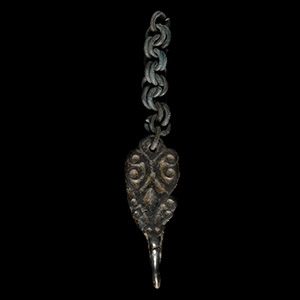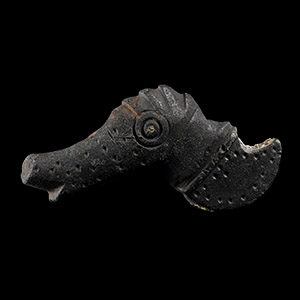Home > Auctions > 5 - 9 September 2023
Ancient Art, Antiquities, Natural History & Coins
Auction Highlights:
Acquired in the 1990s.
Ex property of a German collector.
Cf. the openwork roundels of Viking date from Luistari in Lehtosalo-Hilander, P-L., Luistari II The Artefacts, Helsinki, 1982, fig.26, and more complex Anglo-Saxon mounts in Wilson, D.M., Catalogue of Antiquities of the Later Saxon Period, Volume I: Anglo-Saxon Metalwork 700-1100 in the British Museum, London, 1964, items 105-7.
From the collection of a North American gentleman, formed in the 1990s.
From a 1970s private collection.
Ex private Merseyside, UK, collection.
Found Hertfordshire, UK.
See Dickinson, T.M., 'Symbols of Protection: The Significance of Animal-Ornamented Shields in Early Anglo-Saxon England' in Med.Arch. vol. XLIX, 2005, pp.109-163, fig.13,e; Hammond, B., British Artefacts vol.1 - Early Anglo-Saxon, Witham, 2009, p.75-81, for discussion.
The mount belongs to the typology of symmetrically-shaped fittings with lozengiform or ovoid body. Comparisons might be made with a pair of bichrome fittings from a shield in Sleaford 136. Their ridged, gilded and punched bodies are not unlike that of the Sutton Hoo 018, 868 aquatic mount, but both their originally terminals are triangular or trapezoidal. They are therefore purely geometric, though it is a moot point whether a zoomorphic (aquatic) appearance was intended or given.
From the collection of a North American gentleman, formed in the 1990s.
Cf. Sedov, B.B., Finno-Ugri i Balti v Epokhi Srednevekovija, Moscow, 1987, pl.CVIII (1), for similar item on a chatelaine chain.
In the Finno-Ugrian and Eastern Viking societies the status that an individual might achieve through personal qualities, social position and wealth was enhanced by valuable clothing, finely worked jewellery made of precious metal (like chatelaine chains for women) and, for the men, weapons and horse furnishing of exceptional quality. Families and individuals visually expressed the elements of other societies and cultures that they thought were desirable through the deliberate use of foreign objects.
Private collection formed since the 1940s.
UK art market.
Property of an Essex gentleman.
From the collection of a North American gentleman, formed in the 1990s.
From the private collection of a London gentleman, from his grandfather's collection formed before the early 1970s.
Loki was the Norse god of mischief, trickery and deception.
Found Berkshire, UK.
Accompanied by a copy of the British Museum's Portable Antiquities Scheme (PAS) report no.BERK-9B6095.
Acquired on the UK art market.
Property of a Somerset collector, UK, since at least the early 2000s.
From the collection of a North American gentleman, formed in the 1990s.
Cf. Sedov, B.B., Finno-Ugri i Balti v Epokhi Srednevekovija, Moscow, 1987, pl.CVIII, for similar examples.
Acquired in the 1990s.
Ex property of a German collector.
997 - 1008 of 2453 LOTS

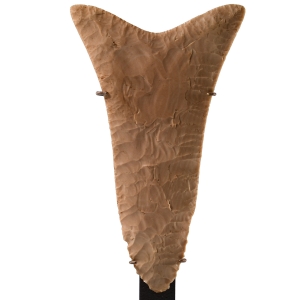
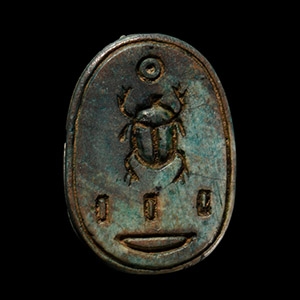
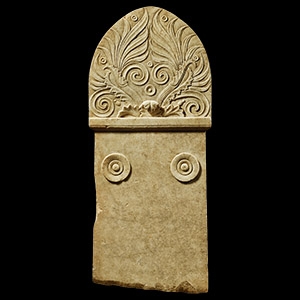
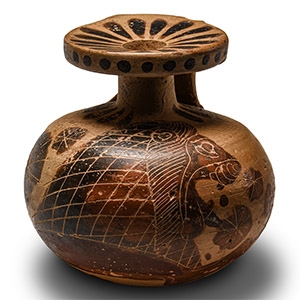
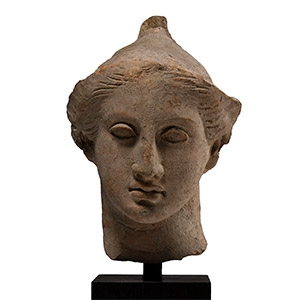
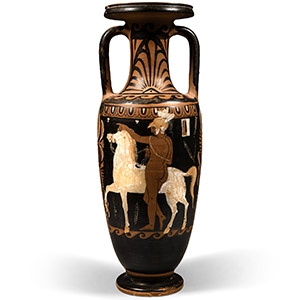
.jpg)
.jpg)
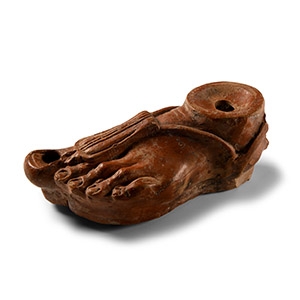
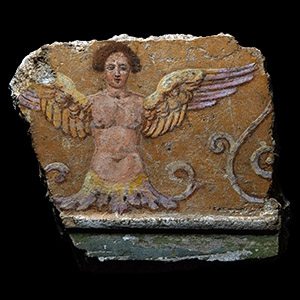
.jpg)
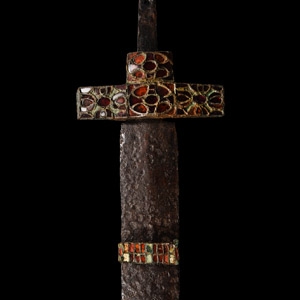
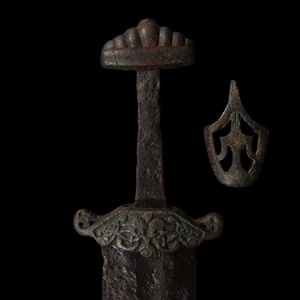
.jpg)
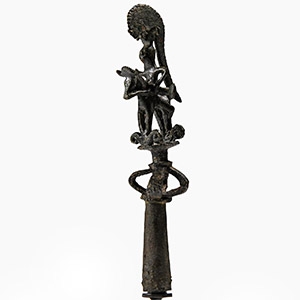


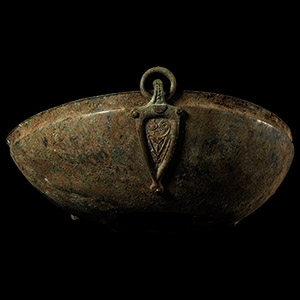
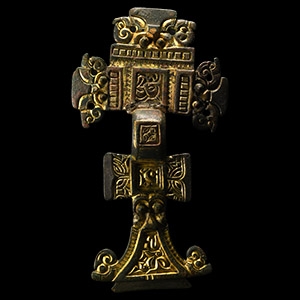
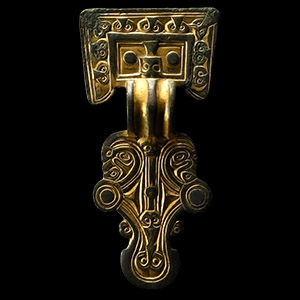
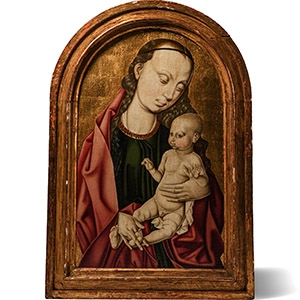

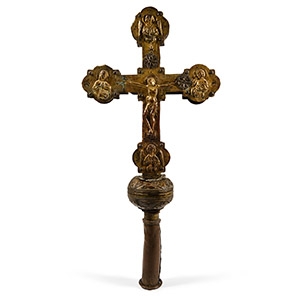
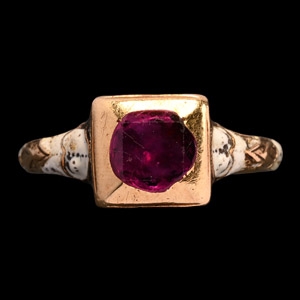
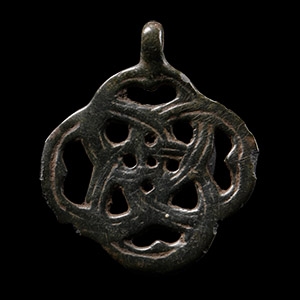
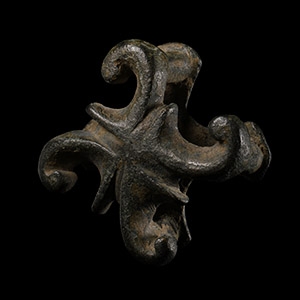
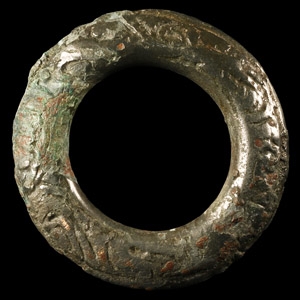
.jpg)
